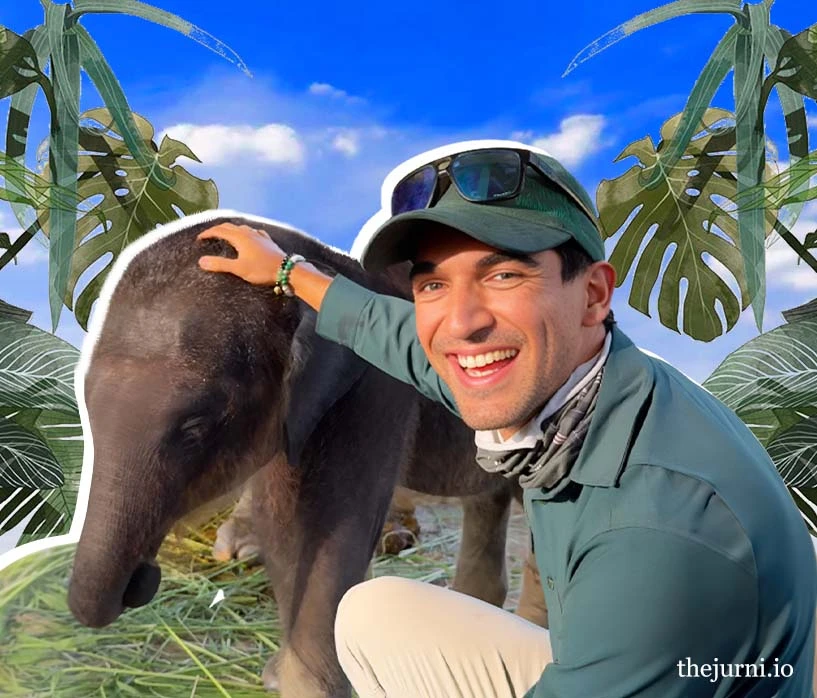
In a candid conversation, Suyash Keshari opens up about wildlife conservation, the thrill of safaris, and so much more
September 20, 2024
As India’s wildlife tourism continues to boom, we at The Jurni sat down with Suyash Keshari, a wildlife presenter, filmmaker, and conservationist whose work has captured the hearts of nature lovers worldwide. From photographing majestic tigers in India’s national parks to guiding life-changing safaris, Suyash’s passion for wildlife is evident in everything he does.
In this interview, he shares his thoughts on the evolution of wildlife photography, the rise of eco-conscious travel, and how connecting with nature can transform lives. Whether you’re a seasoned traveller or a budding photographer, this conversation offers a wealth of insights and tips.
1. Despite having one of the most diverse and breathtaking geographies in the world, wildlife photography in India has only started to come into the limelight domestically in the last few years. Can you tell us a little bit about this field, and how you came to enter it?
I think mainstream wildlife photography has been around in India for over a decade. It was with the advent of a rise in easy accessibility to the national parks, coupled with the social media craze of sharing your experiences, when the lines of professionals and passionate individuals who take photography seriously began to blur. But what has happened in the last few years is that a lot of non-photographers, and even those who may not be keen wildlife enthusiasts, have started visiting national parks. This trend began after the pandemic — when people wanted to visit locations which are remote and less touristy. Traditionally, the Indian market had been skeptical of wildlife holidays — fearing that these locations may not have good hotels and safety was a big concern. But when they started exploring and partaking in these experiences, they saw that there is no dearth of options when it comes to wildlife lodges catering to the needs of even the discerning traveler — with large and spacious rooms with modern amenities while still retaining an earthy touch, delicious food, and the stellar wildlife experience. Indians connected to the wild side of the nation. Our wild and remote national parks — with their tigers, leopards, sloth bears, elephants, birds, and much more — now started to appeal to the masses.
2. Over the course of your safari expeditions, you must have met thousands of travelers. What are some of the biggest ways you've seen safaris influence the people – before they start and by the time they leave? Do you think the rise of environmental concerns have influenced the new-age traveler in any way?
In today’s world, there are very few experiences that allow you to have the kind of positive impact on people’s lives that wildlife experiences do. I often tell people that I’m not in the business of safaris and filmmaking, I’m in the business of changing lives.
And I really mean it — our safari experiences don’t just shift people’s perspectives, they transform a person’s entire being.
On safari, our guests interact with their guides, the locals, and other safari goers. They build core memories around these social experiences. In the wilderness, they encounter animals, watch how these animals interact with their families, learn how one tiger cub can have such unique personality traits compared to its sibling, and even how locals name them based on these traits.
They learn that much like humans, each animal has emotions and a unique personality. Our safaris help travelers connect with wildlife in more ways than one can imagine. This is why I always say — What we can see, we can love, and what we can love, we will fight to protect.
3. India is now well-placed to become one of the most sought-after travel destinations in the world. Do you foresee this as boosting safari tourism in the country and subsequently, our conservation efforts?
Any hike in the level of tourism inflow to India is a positive sign for the economy. Our country is blessed with so much diversity in culture, cuisine, landscape, and heritage. Wildlife tourism has also become a key aspect of the inbound and even domestic travel industry. More people are becoming aware of India’s wild wonders as well as the threats they face and conservation issues surrounding such ecosystems.
The rise in tourism has unfortunately not led to a sustained rise in conservation efforts by the tourists as well as hotels and lodges. Everybody follows the profitability model but only a few are keen on giving back. That has been the cornerstone for our operations at my company Ameliya Safaris — we earmark 5% of our sales from every single itinerary, back into conservation. We build waterholes for wildlife, fund education programs, and equip anti-poaching units with the necessary gear they need to perform their jobs. I would like to see every single travel operator, hotel, and lodge engage in practices that give back to the wild and get the tourists involved.
Additionally, there needs to be a change in the government policies and mass tourism should absolutely come to a stand-still. At the moment, 30-50 vehicles enter each zone in a national park, which leads to overcrowding around animals — we are all familiar with scenes of jeeps surrounding a tiger on the road. Most parks have three or four zones in the core where tourism is allowed. The limit of vehicles should be brought down to four to five in each zone and we should increase the number of zones to 30-50 instead. There is enough space and road connectivity to do that. This will ensure that animals in a specific area do not get crowded by tourists, the additional areas will also generate employment for locals, and also increase patrolling efforts through vehicular movement. Only then would the rise in tourism have a positive impact on conservation too.
4. What are some of the biggest misconceptions of being a wildlife presenter-conservationist?
People only see the glamorous side of this profession, which is the end result — incredible photos, rare documentaries, and more. But the effort, both mental and physical, that goes into this profession daily is insane. I spend almost 300 days on the road, waking up around 4 am. I am out all day on dusty, windy, and bumpy tracks and get back to my room only after sunset. Some days are burning hot, some are biting cold, and others are rainy, and you are drenched for over 14 hours in the day. There is no schedule for breakfast, lunch and dinner and you get zero exercise sitting in a vehicle all day. Don’t get me wrong, I love it all nonetheless. But my body does not. Overtime, you start developing aches and pains, muscle spasms, and the constant lack of sleep throws your inner chemical composition into chaos. Then there is the mind, it is as much work to control the mind as it is to weather the daily physical challenges.
5. What is one insider tip you’d like to share with our readers?
If you are planning to go on a safari you need to follow these three tips:
Firstly, book early. The sooner, the better because safari tickets and accommodation in every park is limited. Most of them sell out 3-6 months in advance.
Secondly, go with a professional. The difference between an excellent safari experience where you come out with a lot of sightings, learnings, and heart bursting with appreciation vs a below-average safari experience where you feel like you did not see anything is your guide. At Ameliya, we take pride in having the best professionals in the world. They are not your average guides. They are highly trained individuals who are also super-hosts. They are the kind of people you will learn a tremendous amount from, but also look forward to having dinner with or sitting around a campfire and sipping on a drink while you listen to their stories. That is what always made me stand apart and that is what I have inculcated in our team.
Lastly, explore beyond the famous destinations such as Ranthambore and Corbett. India has so much more to offer and the experience you have in a Central Indian park such as Bandhavgarh, Kanha, Satpura, Pench, or an East-Indian park like Kaziranga will far outweigh the experience you will have at a famous park.
6. Thousands of amateur wildlife photographers are waiting for their big break in the country. What would you like to share with them through this platform, to help them in their journey?
You have to focus on building a niche and telling stories. That is the only way to stand out. Do things that others are not doing and tell stories that evoke an emotion.
Rapid Fire
1. What makes you tick?
Getting people to fall in love with wildlife, thereby inspiring them to protect and preserve our natural world.
2. When it comes to photography, are you an early bird or night owl?
● Early bird! Most mammals, especially big cats, are very active in the early mornings. I love the time right before sunrise (dawn) and also the time right after sunset (dusk).
3. Your definition of ‘home’ as someone who is away from home base for a major portion of the year?
● Home is where my wife and I are together. Doesn’t matter which corner of the world it may be.
4. A destination you most want to visit.
● For work, patagonia for the pumas against the stunning backdrop of the Andes Mountains. For a leisure trip, Iceland because of the beautiful landscapes and to see the northern lights.
5. An unforgettable travel memory that is imprinted in your mind?
● Flying over the Okavango Delta in Botswana in a helicopter without the doors attached.
6. What was the last bit of media or art that impacted you profoundly?
● This year’s unprecedented heat wave across India has been a story that has impacted me profoundly.
7. How do you de-stress?
● Work out and dance
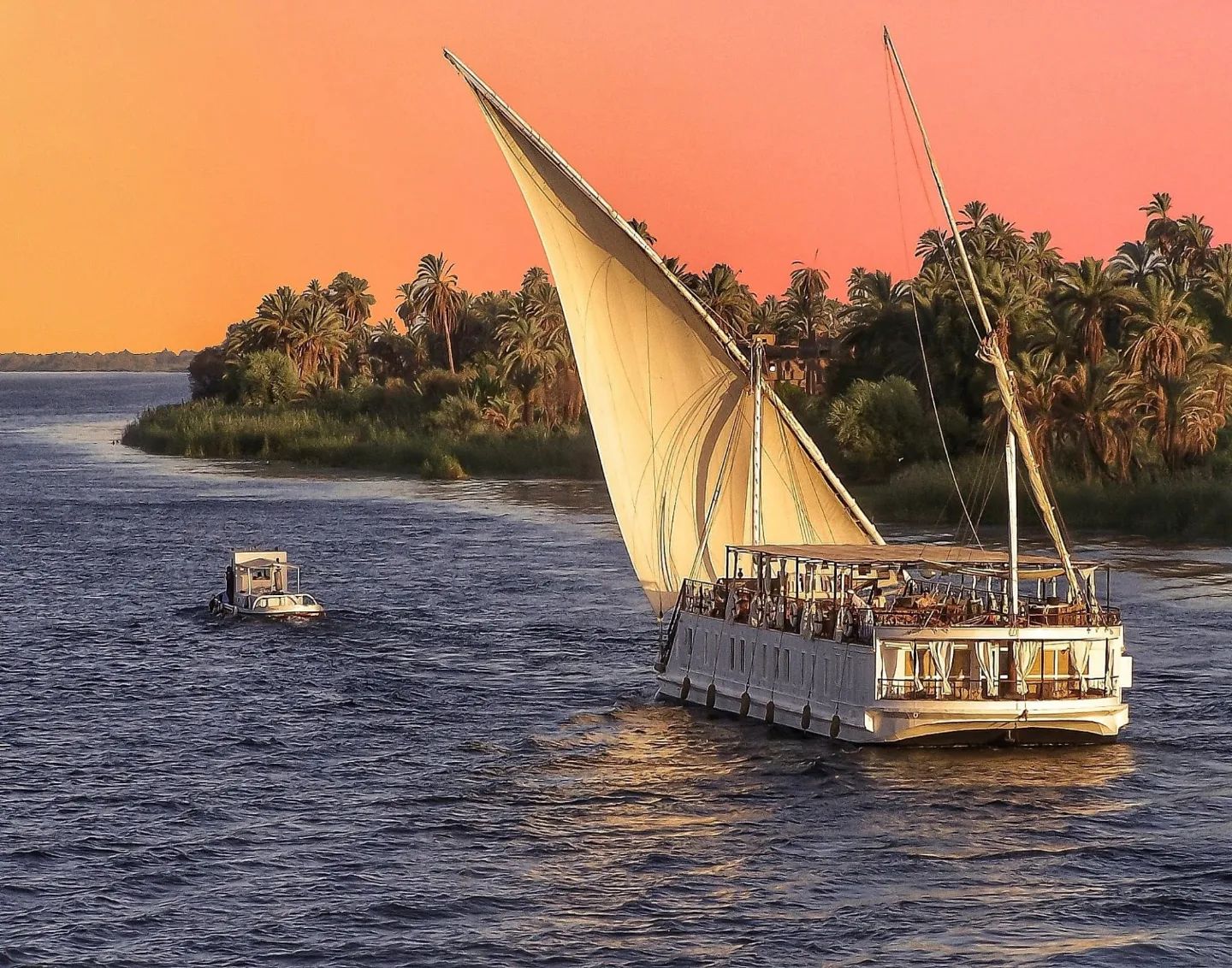
Gift of the Nile
The River Nile has for centuries inspired writers, historians, and adventurers alike, from Agatha Christie’s book Death on the Nile, to, of course, William Shakespeare’s Antony and Cleopatra. It comes as no surprise then that so many of us want to sail around its shores too. But, just like Kashmir’s Dal Lake is best experienced on a shikara, the different routes of the Nile are best navigated through a Dahabiya boat cruise.
Dahabiyas are shallow-bottomed wooden sailboats that have been a part of Egyptian culture for centuries. They originated as houseboats, much like the shikara, but have always been associated with royalty. Even the word dahabiya is derived from the Arab word for gold.
Today, you can choose from different types of dahabiya rides – from grand cruises to the more intimate ones (either way, you’ll feel like royalty). Most Nile cruises travel from Luxor to Aswan and take from four days to a week to cover the best spots.
Pro tip: pick the one that has Elkab as one of its halts. Lined with ancient Egyptian settlements, it has some of the most beautifully painted tombs and remains of prehistoric temples, and would be worth every second of your Nile cruising journey.
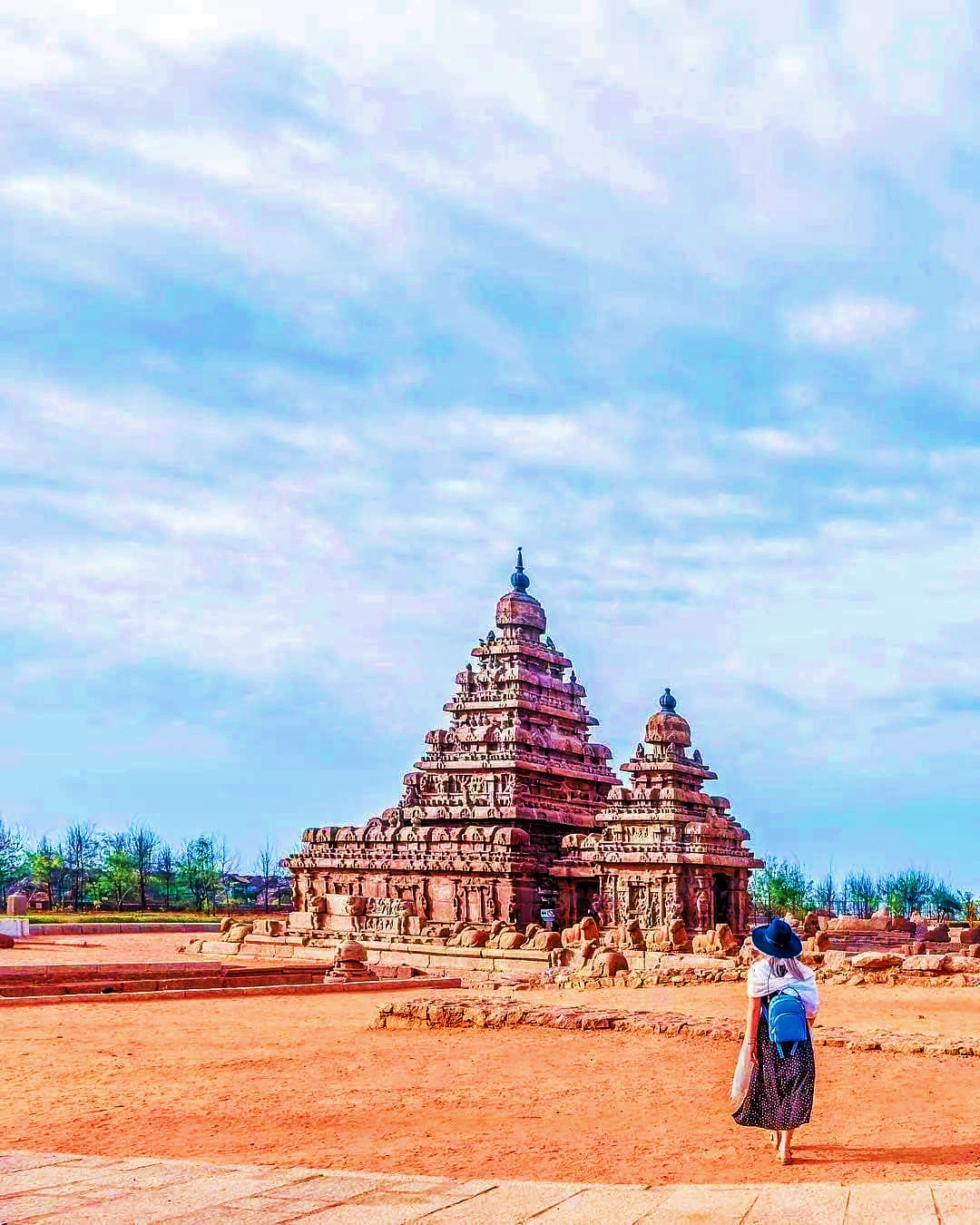
Holistic Heritage
The Shore Temple at Mamallapuram recently made history by becoming India's first Green Energy Archaeological Site. With solar power plants, electric buggies driven by local women – along with charging stations for electric vehicles in the parking lot – as well as kiosks for potable water (reducing the need for single-use plastic bottles), this rock-cut temple dating back to the 6th century has become one of the most sustainable spaces of architectural heritage today.
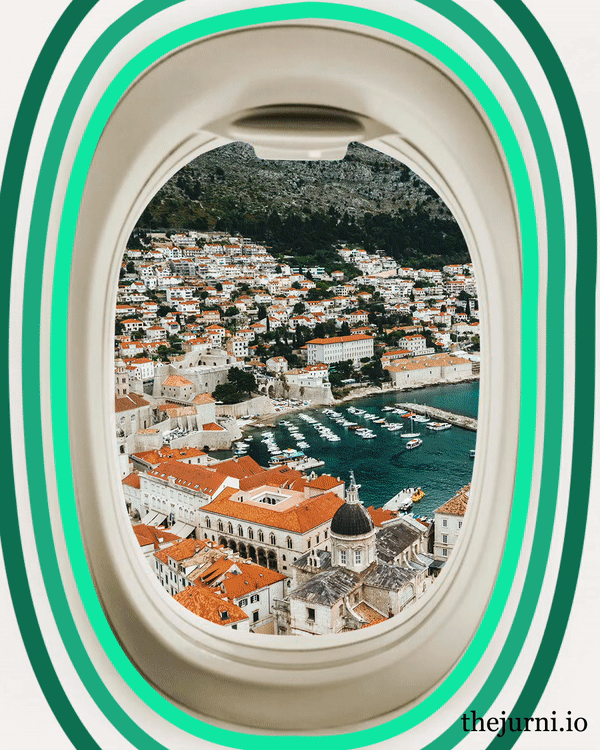
Disperse to Preserve
Think back to the last place you visited on vacation. Did you desperately wish there were fewer people around? While once governments were pushing creative policies to boost their visitor count (and many are still doing so), today, several are trying to find ways to discourage it. The problem of overtourism has cropped up in recent years and has led to a struggle over sustainability.
Where is it most prominent?
Mostly in Europe, where cities are trying to curb the issue by levying or hiking tourism tax. For instance, Venice recently became the first city in the world to charge daytrippers an entrance fee. On the other hand, Iceland – an emerging favourite with Indians – has become the latest country to levy a tourism tax. Other popular destinations among Indian tourists, like Amsterdam and Barcelona, have also come up with stringent rules to discourage visitors.
And what has led to this?
The primary reason, of course, is an ever-increasing world population. Beyond that, a rising number of tourist packages, cruise ships, and Airbnb-style rentals are being looked at as the major factors driving mass tourism. Travel trends like set-jetting also have a substantial impact on comparatively smaller locations that suddenly explode in popularity.
So how do we travel better (for ourselves and the world)?
One way around it could be to travel during the shoulder season, if you must visit these locations. Also try travelling in smaller groups. In case you are willing to be more flexible, you can plan trips to lesser explored destinations like Kazakhstan (which provides 14-day sans-visa travel for Indians) or Albania. Not only are they a traveller’s treasure box waiting to be explored and appreciated, but are surprisingly easy on the pocket. At the same time, you can support their economy by using local services. These tiny alterations can go a long way in helping you travel better, cheaper, and in peace (while helping the world retain some as well).

Bernina’s Bounty
Exploring the Swiss Alps has never been this beautiful and economical. The Bernina Express, which runs between the Swiss city of Chur and the Italian town of Tirano, covers some of the most breathtaking scenery in Europe, alongside one of the more famous World Heritage Sites in Switzerland. It’s no wonder that it happens to be one of the most Instagrammed train journeys in the world. What’s even better is that a ticket for the four-hour ride costs CHF 63 (Rs. 5,700), almost the same as the cost of a first-class ticket for Rajdhani! There are cheaper options available in case you have less time to spare, which cover a smaller part of the 90-mile route. For the best views and Insta-worthy pictures, sit on the right side of the train.
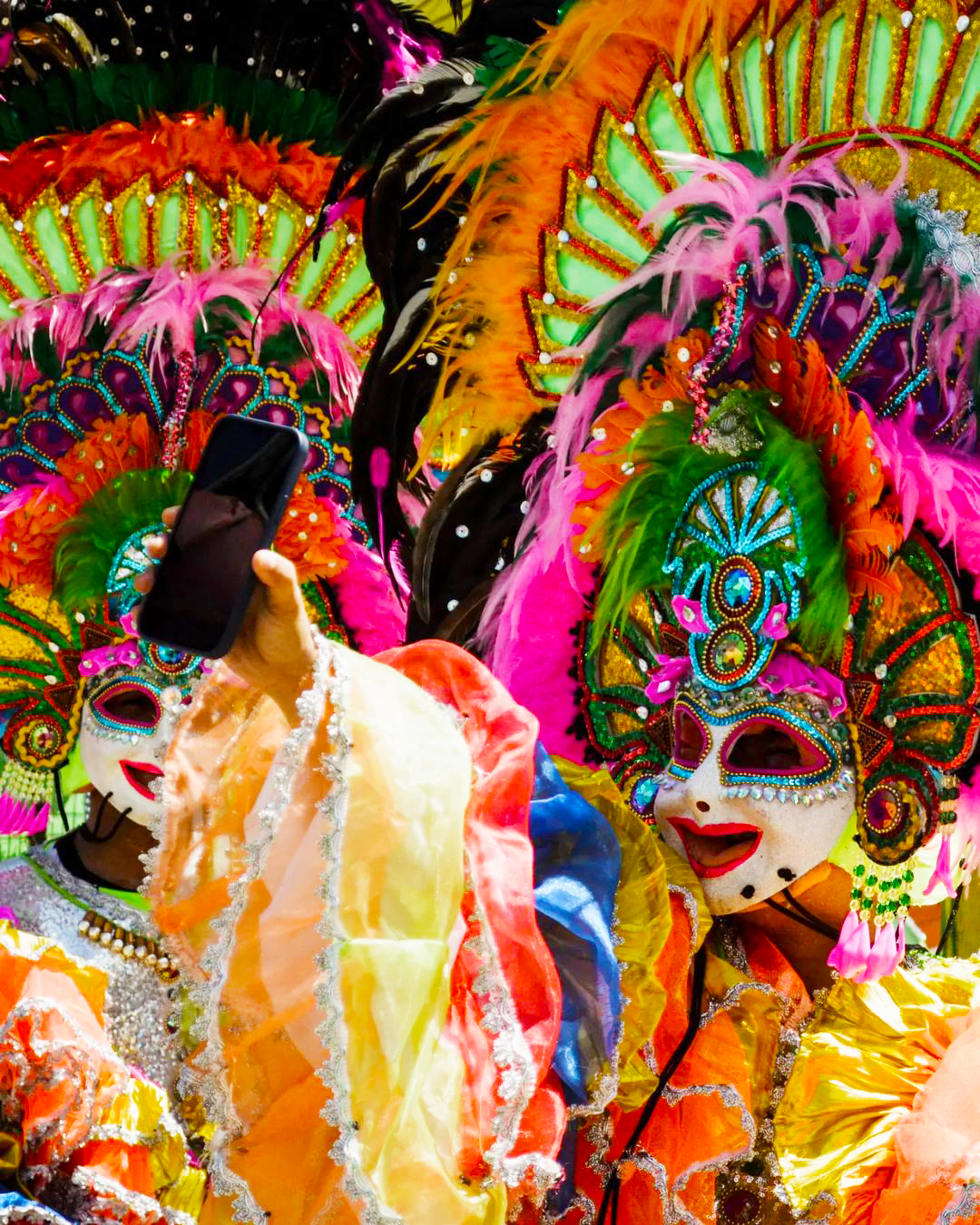
The Merry Masks of Bacolod
The annual MassKara festival, hosted in the city of Bacolod in the Philippines, is back! Celebrated during the third week of October, the festival features carnival parades, masques, dance competitions, and even a beauty pageant. Born out of a tragedy back in 1980, the festival emphasises the resilience of Bacolod and the pride their residents take in simply kicking back and enjoying life. A portmanteau of the words ‘mass’ and ‘cara’, which is Spanish for face, the obvious pun might make one crack a smile – and that is exactly what the festival is about. It is no wonder that the event is known as the ‘festival of smiles’, and that Bacolod has been named the ‘City of Smiles’.
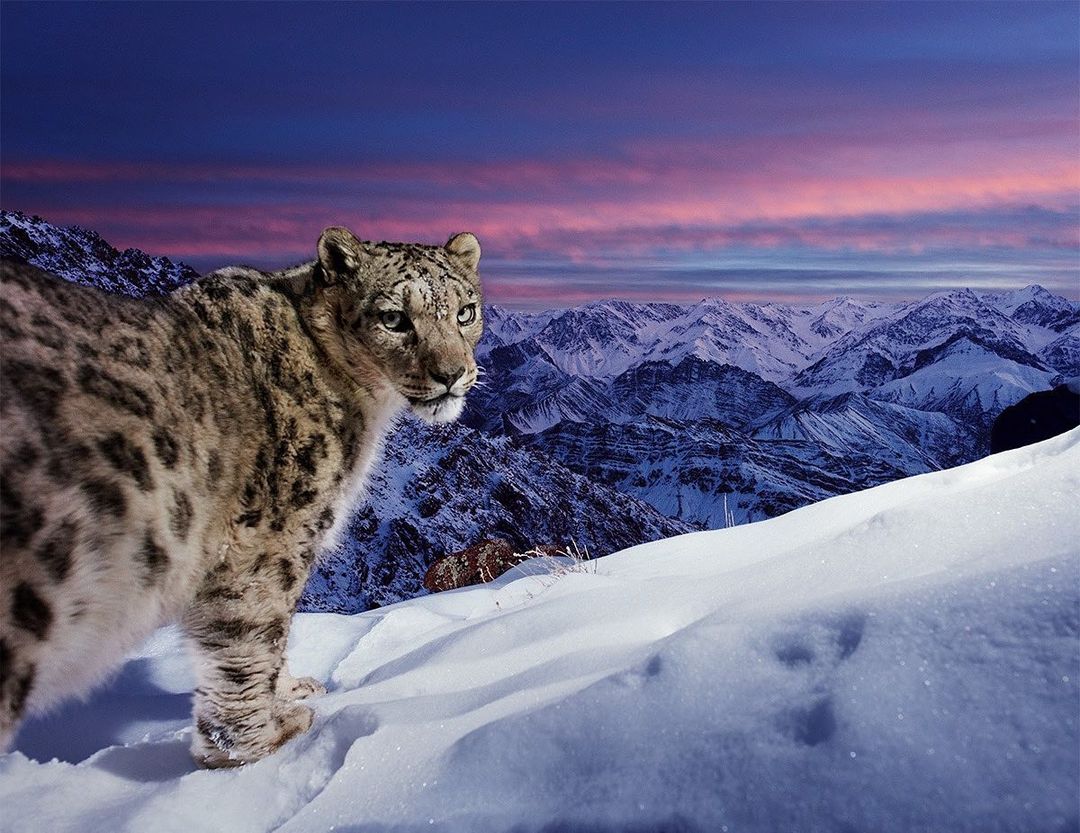
Snow-Spotting
This International Snow Leopard Day, we bring to you India’s biggest and most unique national park, which also happens to be the biggest sanctuary for the endangered cat. Hemis National Park is located at an astounding elevation of 17,000 ft. above sea level in Ladakh, and houses several other animals like the red fox and the Himalayan wolf, but the snow leopard is its star attraction. With no designated areas and no time constraints on safaris, you can catch a glimpse of the elusive cat at your own pace (pro tip: these cats are most active during dawn and dusk). The best time to visit Hemis for snow leopard sightings is between November and March, so go ahead and pack your bags for a magical trip.
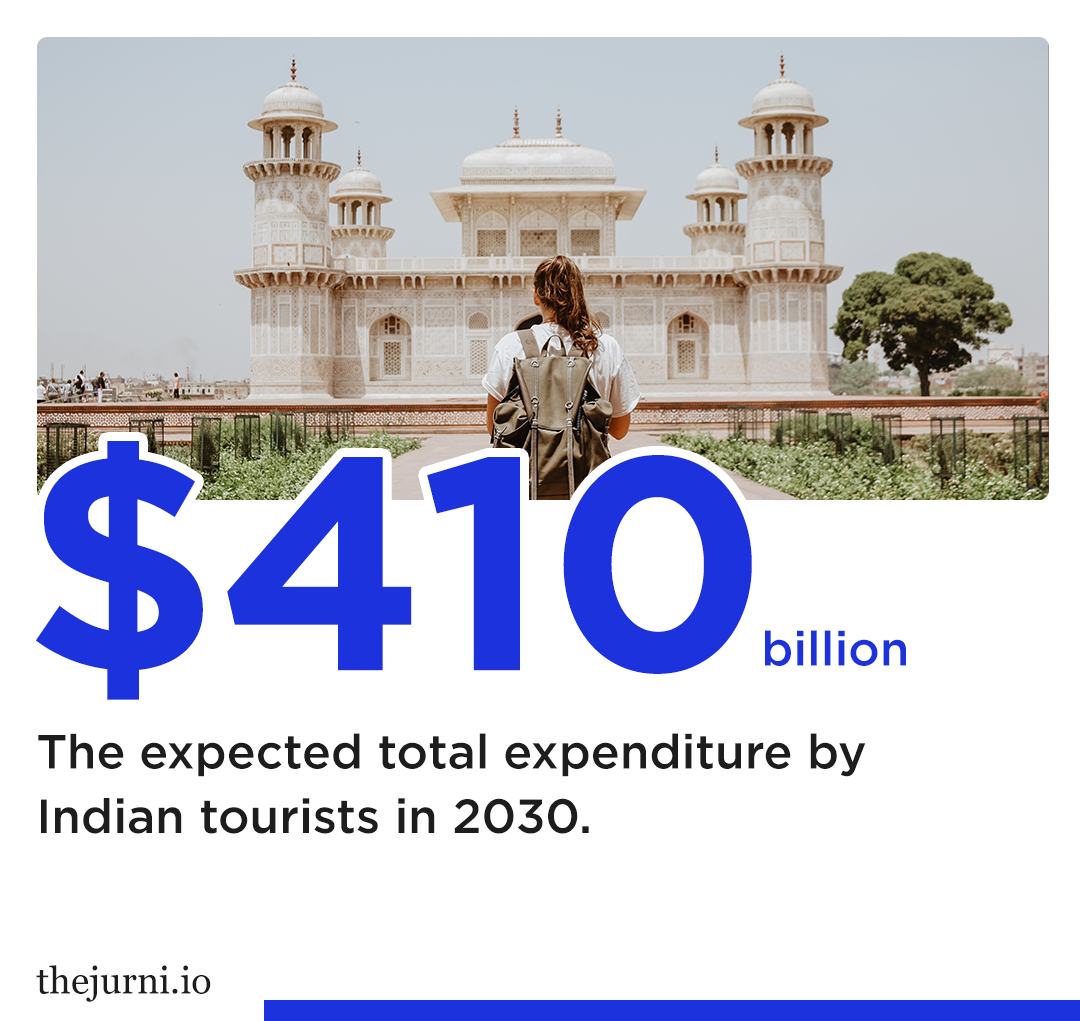
Frequent Flyers
With the return of the tourism industry to the pre-pandemic levels after a few years of uncertainty, Indians are fast emerging among the biggest spenders in the industry. Already the sixth largest tourism industry in 2019 at $150bn spent, this figure is ready to grow exponentially. A mixture of being economically less impacted relative to other countries during the pandemic along with the decrease in travel expenses throughout the world has resulted in Indians indulging in their wanderlust on a more regular basis. With the addition of social media influencers as well as a pop-culture zeitgeist that sees travel as a way of discovering oneself, Indian tourists, both domestic and international, have the opportunities as well as the budgets to become the fourth largest tourism market in the world.

Water Logging
If you think whitewater rafting in Kullu and Rishikesh is exciting, behold something that will raise your adrenaline levels through the roof. Welcome to Kitayama village in Japan, the place for traditional log rafting, or ikada-kudari, where you raft while standing! A 600-year-old practice, it originated with local lumberjacks tying up felled logs together and riding them downstream to transport the wood. The rafts have changed little through the years, but there are handrails present these days to prevent you from falling off. Another gem to add to your Japan bucket list.
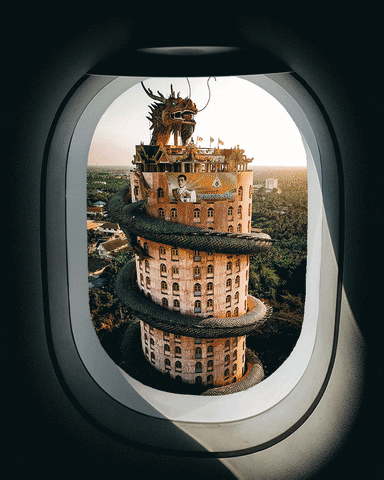
The Festival of Flights
If we were to ask you about the one place where you would love to celebrate Diwali, what would it be? For most, it’s home. After all, Diwali is one of the most intimate festivals where you come together with your loved ones in a space of comfort and familiarity, made warmer by the lights. But something is different about it this time, with many Indians preferring to travel to faraway lands to celebrate, despite higher airfares.
Where are they heading?
Istanbul, Tokyo, and Hanoi, among a few others seem to be topping the list of international destinations this festive season, while Puri, Munnar, Ooty, Darjeeling, and Varanasi are trending domestically. Interestingly, a few destinations in the Northeast, including Arunachal Pradesh’s Kibithu village – the first village along the Indo-Tibet frontier – are also becoming some of the more sought after locations.
A way away from the pollution
According to a report, over 72% of Indians are looking forward to the food and culinary experiences at these destinations, followed by shopping and exploring local markets. But for most, the reason to head out is pollution – noise or otherwise – which tends to be at its peak during the festive season. Another reason is to indulge oneself over the year’s comparatively longer holiday period. In fact, searches for leisure travel this month are up by nearly 70% from October.
Visa-free travel is an enticing perk
While Sri Lanka has already initiated visa-free travel for Indians, Thailand recently waived visa requirements for arrivals from India and Taiwan with effect from November 10. Hong Kong, another location that made it to the list of the most preferred destinations this season, is also allowing Indians to travel sans visa for over 14 days. A few other exciting destinations, including Barbados, are also providing similar perks.
A reverse trend might be in place…
Of creating an abode away from their dwellings during festivals, especially during the slightly longer ones. While earlier, festivities had been more about hosting, perhaps it might shift to being hosted (by different destinations) and indulging in some peace and quiet.
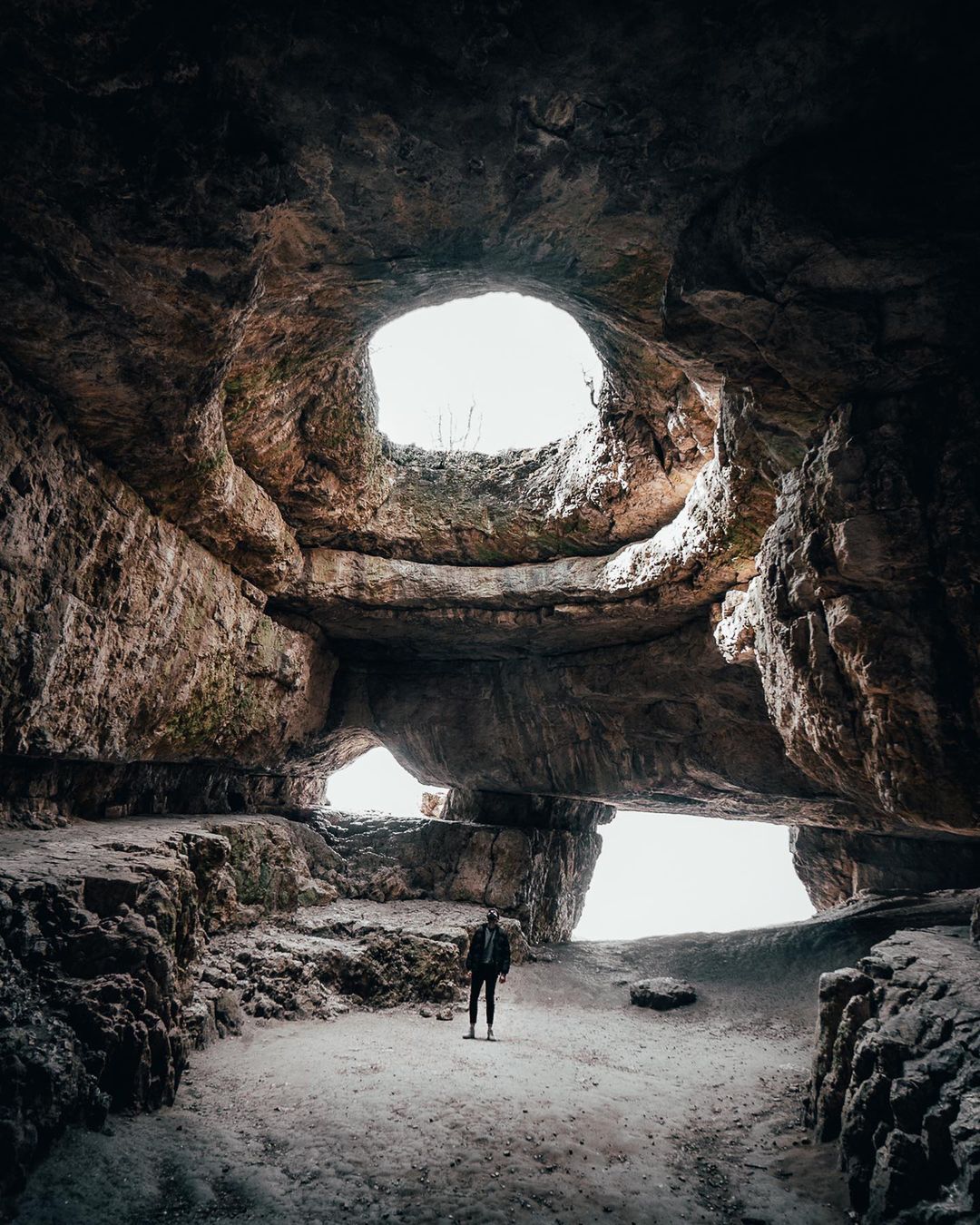
The Grand Budapest Popcorn
Dig deeper and you might find gold. The saying often holds true, be it in the context of a person or a place. Well, digging deep in Budapest, we’ve found a similar treasure – its caves, which appear to be floating in nothingness under the city’s vibrant and bustling surface. With a sense of being in two dimensions at the same time, visiting these caves is nothing short of an other-worldly experience (imagine an awe-inspiring version of Stranger Things).
Of these, the richly ornamented Szemlő-hegyi Cave stands out for its uncanny beauty, with unique limestone formations that are over 40 mln years old. These formations are commonly called popcorn or cauliflower because of their appearance. Though getting some real popcorn wouldn’t be a bad idea if you’re in subterranean Budapest – it’s nothing short of being in a movie.
In case you’re someone who’d be up for a bit of a challenge, the Pálvölgyi caves can be equally exciting. The trek towards the cave can be strenuous but ultimately quite rewarding, especially for those who consciously seek out silence. In Pálvölgyi, all you will hear is the voice of your guide and sound of the dripping water (at times, eerily so).
Once the tour is over, you can move towards the livelier parts of Budapest’s underground scene, also called the small underground – lined with gaming arcades, shops, and restaurants. We’ll bring you more deets on that one some other time. For the time being, we’ll let you idle on calmer shores.